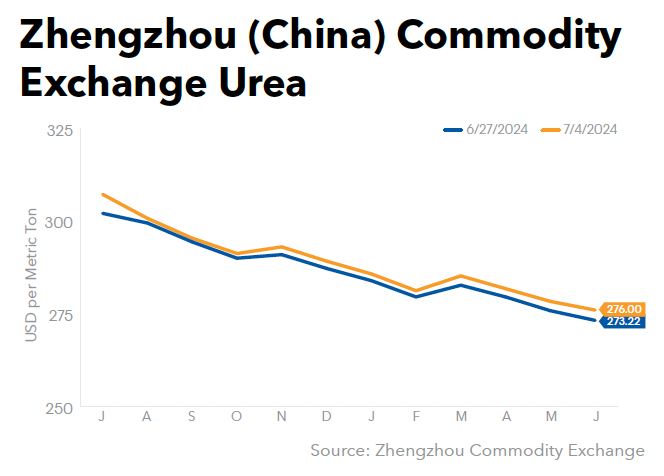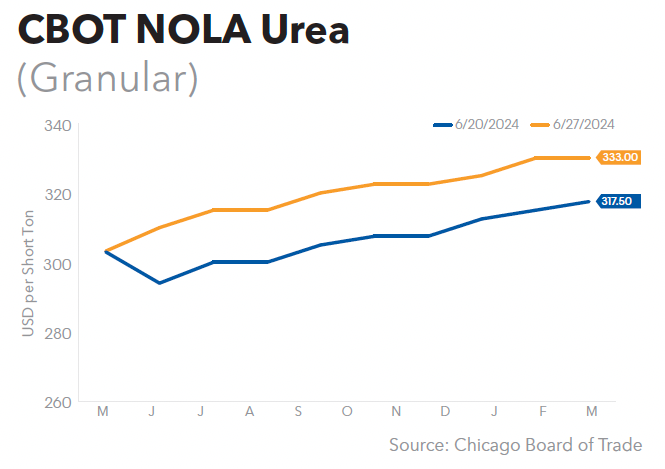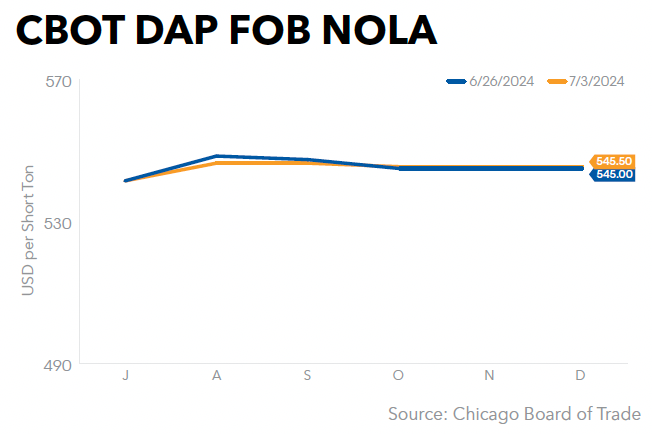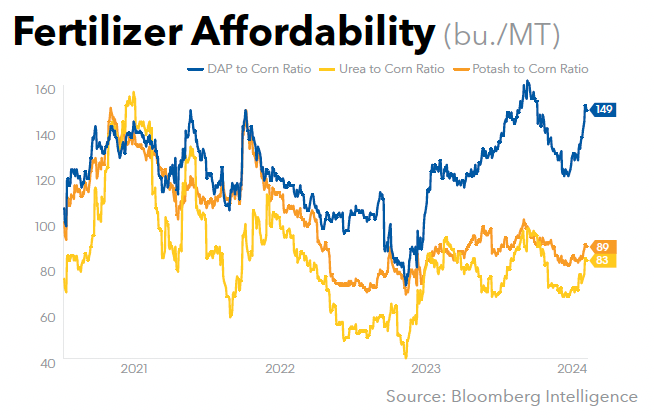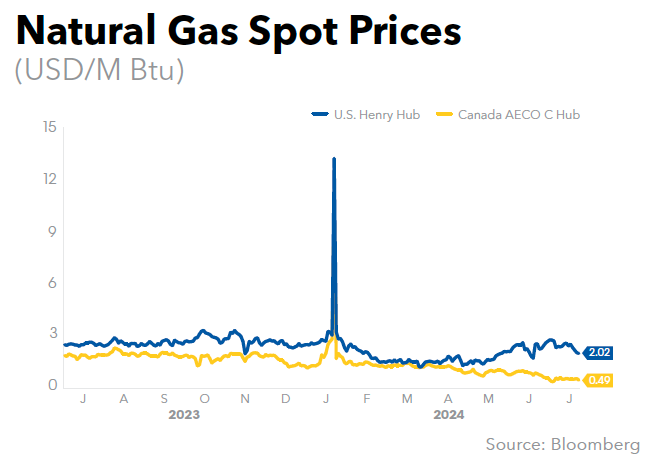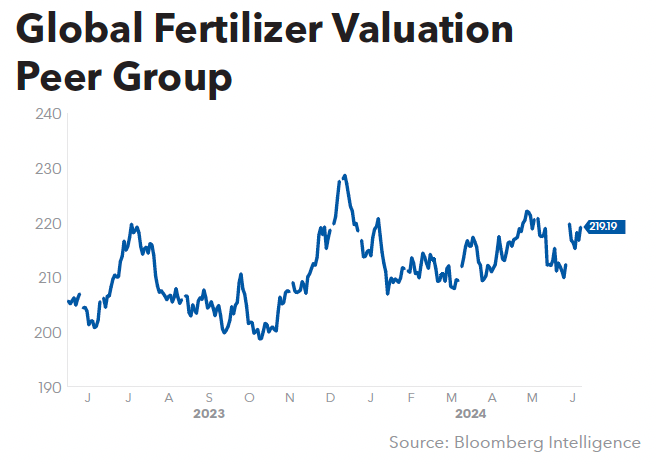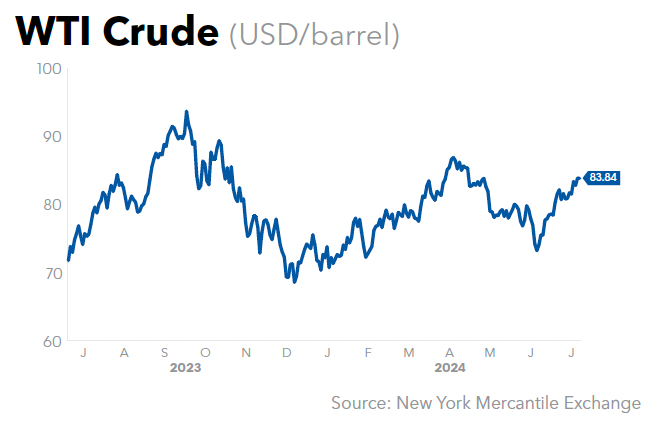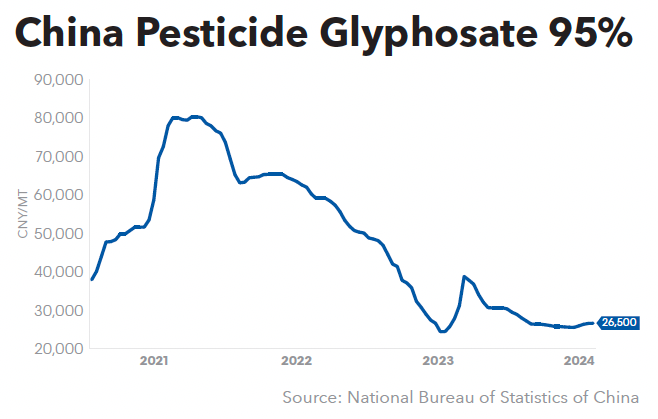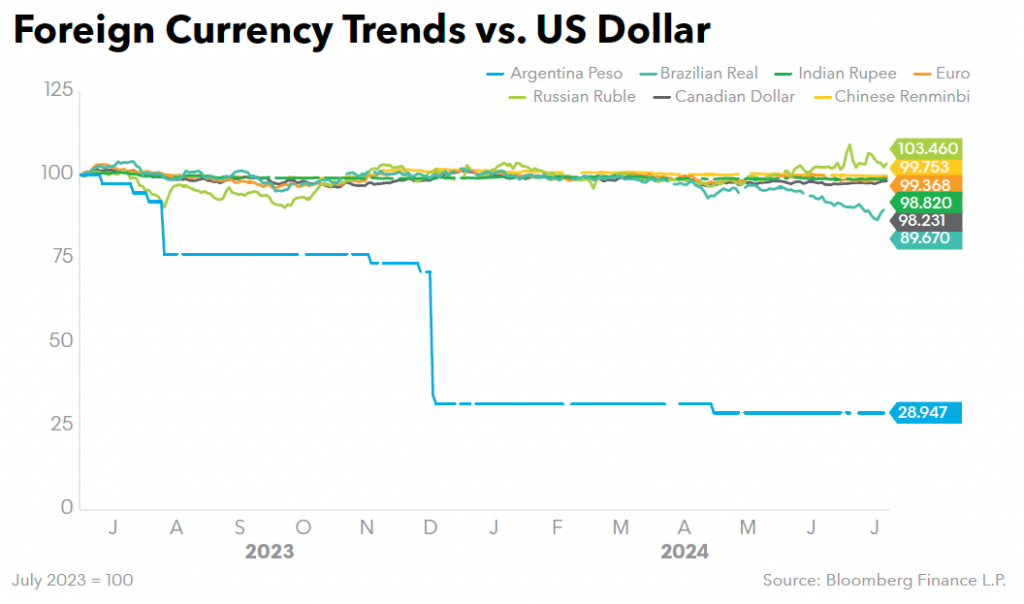Bold ag tech startups that once threatened to shake up the $1.5
trillion agriculture sector and disrupt crop trading giants such as
Archer-Daniels-Midland Co. and Cargill Inc. are stumbling, Bloomberg
reported.
Indigo Ag Inc., once a marketplace for trading and shipping grain, has cut jobs and shrunk its business. Farmers Edge Inc. was taken private at a tiny fraction of its initial public offering. Gro Intelligence, named in 2021 by Time magazine as one of the 100 Most Influential Companies, is shutting down, according to a person familiar with the matter.
The struggle for many of these newcomers, according to Bloomberg, was
thinking they could easily apply the Silicon Valley playbook to the world of
farming, especially during a downturn in the farm economy. The task
is even more challenging as the traditional powerhouse operators are also
aggressively pushing high-tech services and e-commerce convenience to farmers.
The startups initially raked in billions of dollars from investors,
benefiting from ultra-low interest rates that helped feed speculative ventures.
Their vision, inspired by the likes of eBay and Uber, was to take traditional
crop trading and farm management onto digital platforms, offering data, inputs,
and technologies to change practices throughout the farm supply
chain.
E-commerce sales platforms for crop inputs experienced a surge in business
and interest during the early days of the Covid pandemic (GM April 17,
2020). But once-plentiful funding has rapidly dried up. The global
“agrifoodtech” sector raised $15.6 billion globally in 2023, down nearly 50%
from a year earlier and the lowest level since 2017, according to
an investment report from venture capital firm AgFunder.
The industry giants have proved to be formidable adversaries. There was a
“very, very strong industry resistance to FBN being in the market,”
said Charles Baron, co-founder of Farmers Business Network, which has faced
pushback from larger rivals on its efforts to use collective data from growers
to provide price transparency.
The venture-capital community is learning that the return on agriculture
technology is different from other areas, according to Marc Kermisch, Chief
Digital and Information Officer at tractor maker CNH Industrial NV, which has
its own strategy to connect farmers to hi-tech equipment.
“Farmers are small business people at the end of the day, and they usually
get one chance to plant their crop every single season,” he said. “So their bar
for adding technology is really high because if they mess up their crop,”
they’re impacting their profits.
“How many farmers do you see?” Matt Carstens, CEO of Landus, Iowa’s
biggest farm cooperative, asked during a presentation at World Agri-Tech
Innovation Summit in San Francisco in March. “We’re all talking to ourselves.
That’s cool. But somebody’s got to execute it on a farm.”
Carstens said both FBN and Indigo have done good work, but they “met the
force of our traditional ag” and couldn’t break in. For its part, Landus, with
the backing of FBN co-founder and former CEO Amol Deshpande,
is launching its own digital platform initially focused on fintech,
leveraging the advantages of the cooperative model to provide services to its
member farmers and beyond.
Dean Banks, CEO of Indigo Ag, said it’s easier to talk about disrupting than
it is to actually disrupt. The company ditched businesses including
one that sought to use idled trucks for shipping crops, and now is primarily
focused on seed coatings and helping farmers sequester carbon.
Indigo Ag’s valuation dropped from almost $4 billion in July 2022 to about
$200 million a year later, according to estimates from researcher PitchBook. A
more recent valuation isn’t available due to lack of data, and the company
declined to comment on the matter.
Banks said Indigo has made “substantial progress,” and is seeking to reach
break-even EBITDA by the end of the year. “We’ve sold off or gotten out of the
businesses where there were other people who were just as good or better doing
it,” he said.
Canadian-based Farmers Edge, which seeks to provide technology solutions
across the supply chain, reached a market value of about C$835 million ($607
million) after its initial public offering three years ago. It was bought out
earlier this year by Fairfax Financial Holdings Ltd. at a price 98% below that
of its IPO.
“The majority of the tech world experienced inflated valuations, particularly startups, and then as things started normalizing after Covid those valuations kind of evaporated,” said Vibhore Arora, CEO of Farmers Edge. Arora said his mandate has been to reset the company’s direction, double down on execution and stop trying to do everything in the crowded ag tech market.
Gro Intelligence, which used satellite data and artificial intelligence to
make crop predictions, last month let go of most of its remaining staff as it
faced a worsening funding crunch, and is shutting down after failing to find a
buyer, according to the person familiar with the matter.
The company in February parted with founder Sara Menker. Just five
years ago, Gro boasted of being an alternative to the US Department
of Agriculture when the agency had to cancel reports due to a government
shutdown.
FBN, meanwhile, is trying to regain its footing after a recent spate of
leadership departures and worker layoffs. “The down cycle in the ag industry
over the past two years has affected many companies, and FBN has not been
immune,” said CEO Diego Casanello. He said FBN is on the path for
profitability this year on an EBITDA basis after making “many tough, prudent
decisions” to focus on its most profitable and core services.
FBN had an estimated valuation of roughly $3.8 billion a few years ago,
though a current figure wasn’t available. The company recently took out a
short-term loan in the form of a convertible note that hasn’t yet been priced,
according to a person familiar with the matter.
The ag tech startup space in general should be prepared for the tough
financing climate to continue, said Rob Leclerc, a founding partner of
AgFunder. “Companies need a really compelling story about why they are
fundamentally different.” he said. “We
will see a tremendous amount of failure” in the sector.
